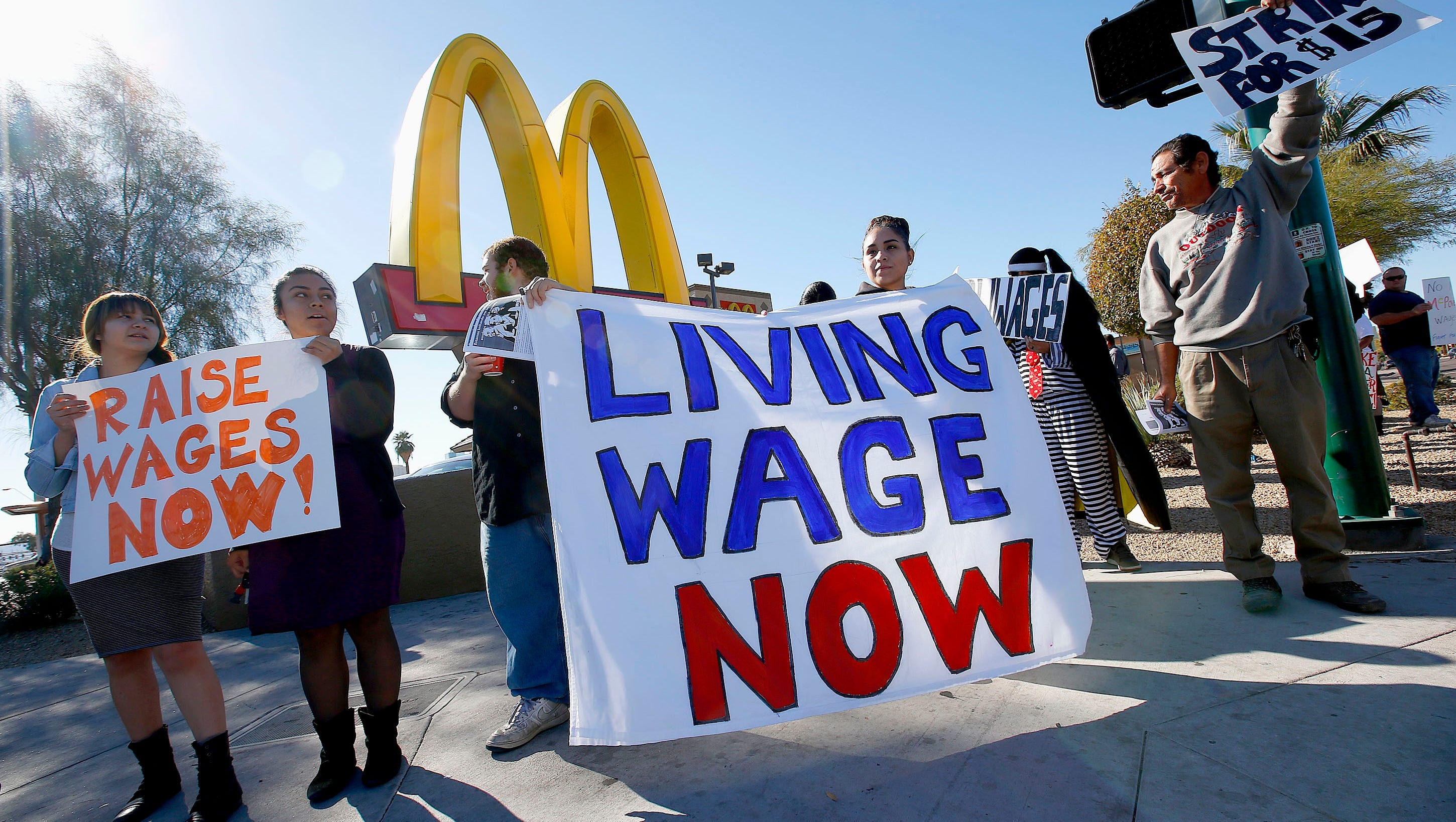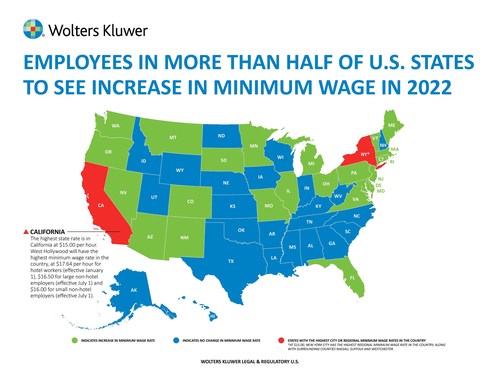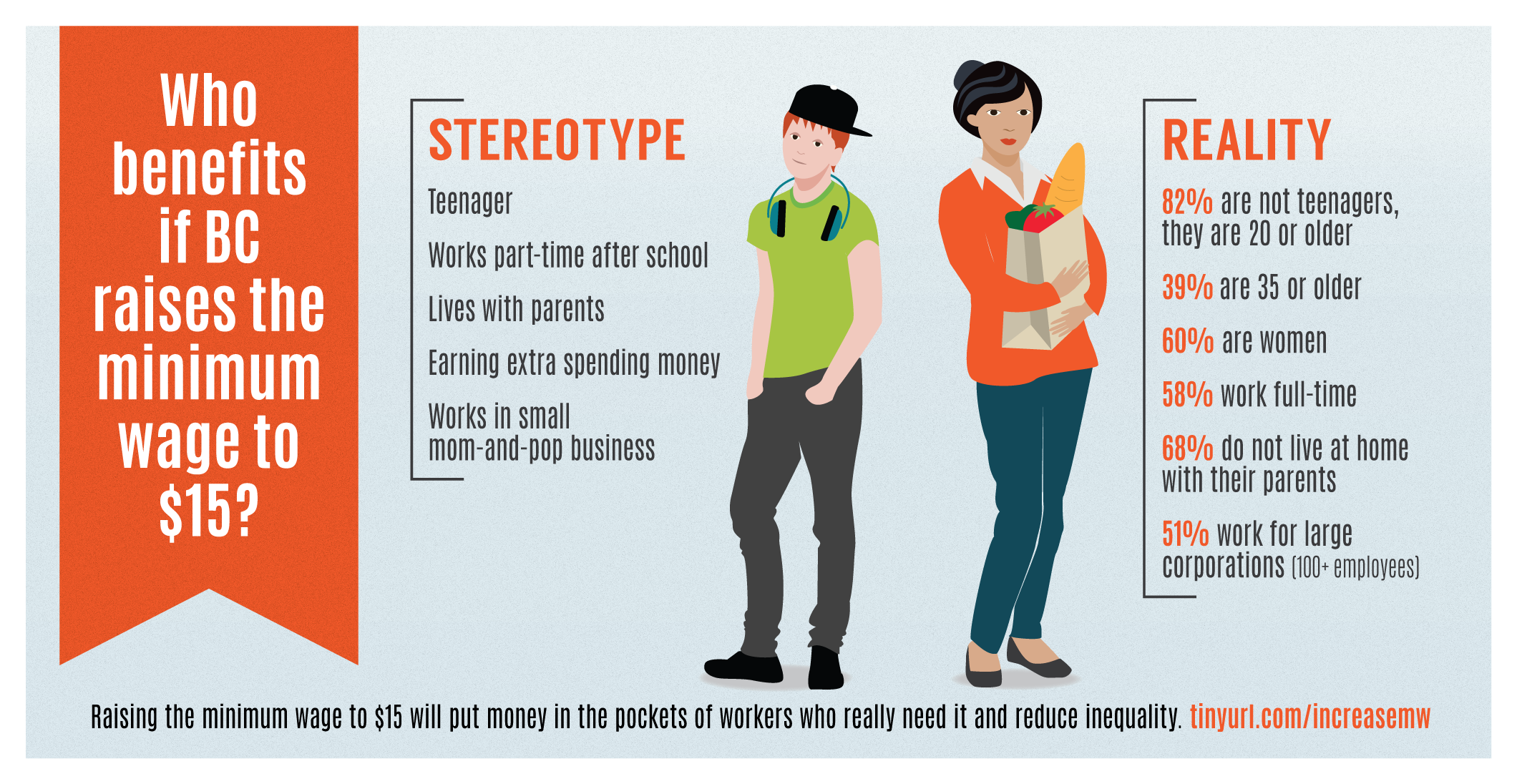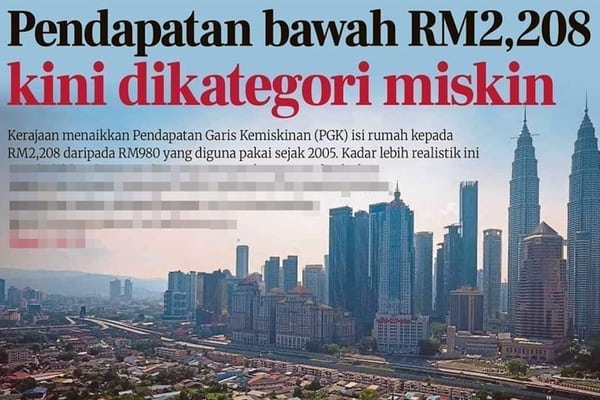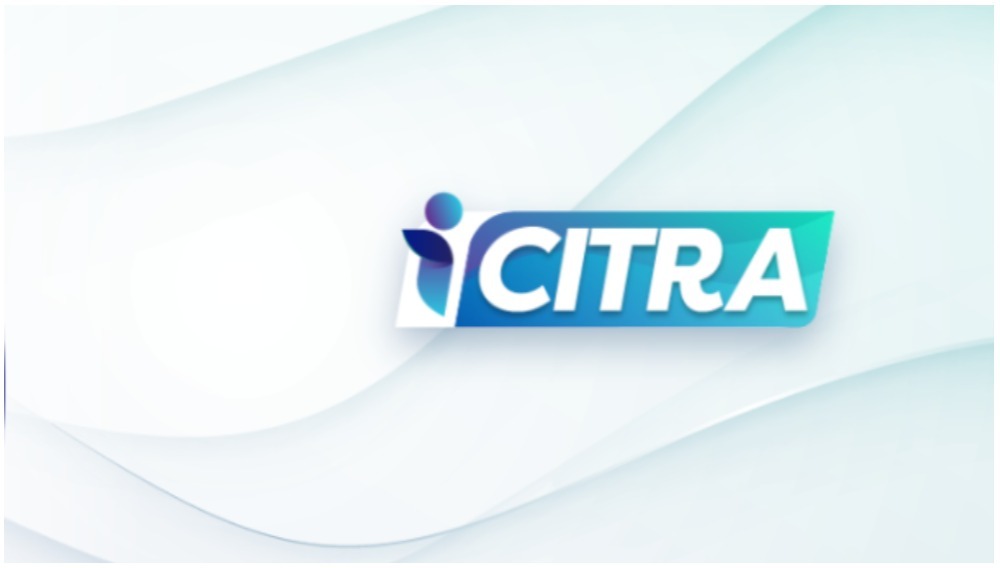Minimum wage - How the U.S., other countries differ in setting minimum wage

Recent Posts
- Dai syed terkini
- Epson lq 310 driver download
- Kitab taurat diturunkan kepada nabi
- Dhruv singer
- Dictator telugu movie
- Donny van de beek
- Galaksi dalam bahasa jawi
- Olympic skateboarding 2021
- Kicap termurah
- Venom 2 full movie free
- Gw99 slot apk download for android
- Rumah maduku berhantu full movie
- Manfaat 意思
- Harian metro mutakhir
- Kee nguyen kg baru
- Diamond free fire percuma
- 天美 传媒
- Belanjawan 2021 jaringan prihatin
- Pride and prejudice 1995
Minimum wage in the United States
However, authors found that the lack of employment responses masks some important structural shifts in the economy: the minimum wage led to a reallocation of workers from smaller to larger, from lower-paying to higher-paying and from less- to more-productive establishments.
However, this argument defies reality.
However, the studies found wider variation, from 0 to over 3 percent, in their estimates for the effect on teenage unemployment teenagers without a job and looking for one.
No More Lies: The Truth About Raising the Minimum Wage
The sluggishness of overall wage growth is concealing the fact that the labor market has done wonderful things for wages at the low end.
However, using a different methodology, Stanley concluded that there is evidence of publication bias and that correction of this bias shows no relationship between the minimum wage and unemployment.
The Quarterly Journal of Economics.
- Related articles
2022 mail.xpres.com.uy



